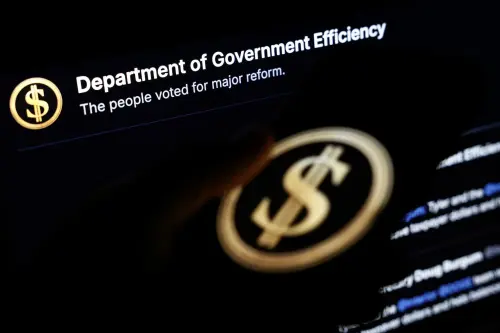There was a respite from incivility in the wake of the Arizona tragedy, but the system quickly returned to the virulent partisanship that is the new normal of our politics.
The need to rebuild a viable political center has rarely been more urgent. But the obstacles to that renewal have rarely been more daunting.
Our political system is structured in ways that mute moderates’ voices and block access to the middle of the road. The result: Three consecutive elections have produced large shifts in the balance of political power, but public satisfaction with our civic condition has hardly budged. Trust in government remains near all-time lows, and the share of Americans saying that the country is heading in the right direction has declined in eight of the past 10 years.
The electorate’s ideological composition in presidential years has been remarkably stable for the past three decades — liberals at roughly 20 percent, moderates at 47 percent and conservatives at 33 percent. Clearly, neither political party can win, let alone govern effectively, without reaching toward the middle.
Since the Democratic Party’s liberal base is smaller than the Republican Party’s conservative base, this is more important for Democrats than for Republicans. Since 1976, no Democrat has been elected president without winning at least 60 percent of the moderate vote cast for the major parties.
Moderates, the largest component of the electorate and the Democratic coalition, are not liberals in disguise. Nor are they a mushy middle. They are a distinct group: center-left on social issues, middle of the road on economics, center-right on foreign policy and more skeptical about the role of government than liberals are.
If moderates are such a crucial and coherent political force, why is U.S. politics so polarized? The answer lies in three structural features of the political system that reduce moderates’ influence: the primary system, the congressional redistricting system and the congressional leadership system.
The primary electorate is a small, unrepresentative portion of the overall electorate. In the highly visible 2010 election season, for example, only 7.5 percent of all voting-age Americans took part in congressional primaries — actually higher than in past years.
This primary electorate is dominated by the parties’ base voters — which is not true in general elections. That’s why so many Americans say they are unhappy with their choices in November. Regardless of their attitude toward bipartisan governance, politicians are under intense pressure to cater to their primary voters. All the more so after the upheaval of 2010, in which primary voters rejected longtime incumbents.
Congressional districts are drawn in ways that make nearly all of them safe for one or another of the major political parties. Considered in tandem with low-turnout primaries, gerrymandering further diminishes the influence of moderates.
The average percentage of House incumbents winning with supermajorities has steadily increased during the past five decades. Even the hotly contested 2010 congressional elections resulted in a net Republican pickup of just 14 percent of the entire Congress. While most scholars and reformers focus on either primaries or redistricting, it is the combination that systematically reduces the impact of moderates.
So, finally, does the current system of selecting the House speaker and the Senate majority leader. The dominance of each party’s caucus in these elections means the leaders reflect a majority of the majority — nearly always a minority of the entire body. The selection process does not promote compromise but reinforces the influence of each party’s base.
While there is no easy fix to any of these problems, structural and procedural reforms can make a difference.
First, states should adopt more-open primary systems — ranging from simply allowing nonaffiliated voters to participate, to instituting completely open primaries, such as the Top Two Primaries Act adopted in California last year.
Second, states should take redistricting out of the hands of legislatures and entrust it to nonpartisan commissions — as some states, such as Iowa, already have.
Third, the congressional leadership should be elected by a supermajority of, say, 60 percent. Unless one party enjoys an overwhelming edge, the first vote in each new Congress would test the majority party’s ability to create the bipartisan coalitions that are integral to effective government.
As our problems mount, too many Americans are losing confidence in the future. Restoring that confidence requires systemic reforms that begin to move us from the politics of point-scoring to a new politics of problem-solving.
The Brookings Institution is committed to quality, independence, and impact.
We are supported by a diverse array of funders. In line with our values and policies, each Brookings publication represents the sole views of its author(s).



Commentary
Op-edMake U.S. Politics Safe for Moderates
February 23, 2011